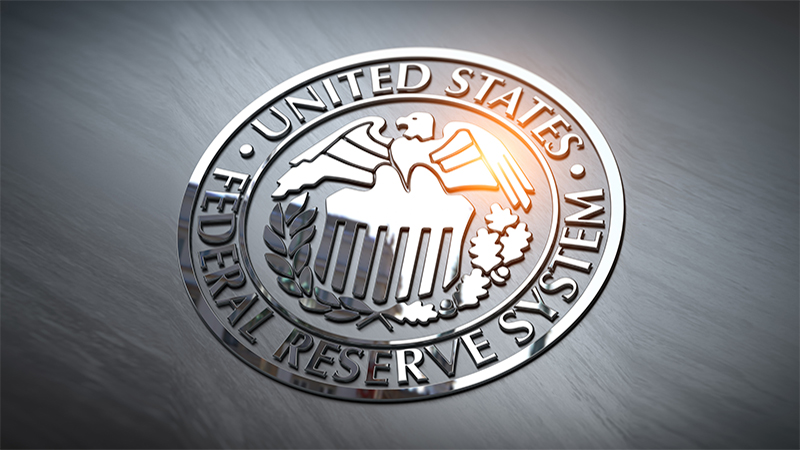The Federal Open Markets Committee voted unanimously on Wednesday to raise its trio of interest rates by 75bps – taking the range to 3-3.25% – the highest level since 2008.
The central bank now expects rates to peak at 4.6% in 2023, up from a previous prediction of 4.4%.
In explaining its decision, the FOMC said: “Recent indicators point to modest growth in spending and production. Job gains have been robust in recent months, and the unemployment rate has remained low. Inflation remains elevated, reflecting supply and demand imbalances related to the pandemic, higher food and energy prices, and broader price pressures.
“Russia’s war against Ukraine is causing tremendous human and economic hardship. The war and related events are creating additional upward pressure on inflation and are weighing on global economic activity. The committee is highly attentive to inflation risks.”
The Fed reiterated its commitment to tackling inflation, currently at 8.5%, despite the risk that this approach will send the US into recession.
Laying odds on a recession
While the move was widely expected, industry commentators were split on what it means for the US’ economic outlook – specifically when it comes to a recession.
Richard Carter, head of fixed interest research at Quilter Cheviot, said: “Investors will be nervously hoping for signs over the next few months that price pressures are beginning to ease. While this rate hike will come as a surprise to few it will still send jitters through the market and stoke investor fears that a recession is on the horizon.”
Gurpreet Gill, macro strategist on global fixed income at Goldman Sachs AM, observed that the Fed’s announcement suggests a further 125bps increase, over the next two FOMC meetings, is now likely by the end of the year.
Gill said: “[The hiking cycle] raises the risk of a US recession due to policy tightening, not least because the impact of 3% interest rate rises so far this year will be felt with a lag. Since the Second World War, 11 out of 14 Fed tightening cycles have been followed by a recession within two years.”
Not everyone is in agreement, however, as Premier Miton CIO, Neil Birrell, has suggested that a recession may not neccesarily be on the cards.
“The US economy remains strong, meaning the Fed had no choice but to continue to act tough. There can be little doubt that the risk of persistent high inflation is the enemy, not a possible recession. Given the strength of the economic data in the US, it may be that recession risk is overstated. All eyes will be on the other central banks now, particularly the Bank of England.”
See also: Wealth managers batten down the hatches as US enters technical recession
No telling when Fed will soften approach
With rate hikes set to continue into 2023, economists have warned that it is difficult to estimate when they will begin to come down.
Ellen Gaske, lead economist for G10 economies at PGIM, said: “If actual inflation does show signs of moderating – the softening of global oil prices against demand destruction in China and Europe is one such example already – the Fed will be able to let up, and a soft landing is possible.
“However, if inflation does not show more definitive signs of moderating in coming months, there is a risk Fed policy will lurch even tighter, further elevating recession risks.”
Fidelity global macro economist Anna Stupnytska added that the central bank’s long-awaited shift from its current policy now seems to be further away than previously thought, with the Fed unlikely to bring rates down until hard data evidence is presented that the monetary policy is transmitting to the economy.
She said: “We note, however, that if financial conditions tighten significantly, we may well see an earlier pause, but we are far from that right now and uncertainty remains very high given many moving parts. From a medium-term perspective, we continue to think the US 10-year real rate above 1% is unsustainable but it will take time for related damage to come through.”
Following its latest rate increase, the FOMC will next meet on 1 November.










